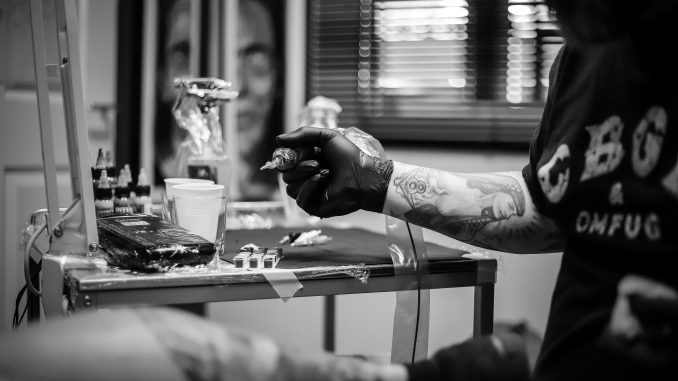
If you’re reading this, you’re probably in the tattoo regret phase. I made this list before you make moves to get that unloved tattoo removed so you can learn from my mistakes! Here are the most helpful, must-know tips to read before you go under the laser.
-
Set your expectations.
Before going in, know this: No tattoo removal is guaranteed. Set your expectations by speaking with a laser treatment expert — or three. Some tattoos fade only partially after several treatments and may leave a ghost image of your tattoo, as well as permanent raised scarring. So the big question is: Would you rather do a cover up or be left with a ghost image or partial tattoo?
-
One treatment isn’t going to do it.
You probably already realize this by now, but multiple treatments will be required and unfortunately, the number of sessions isn’t something that can be predetermined during your initial consultation. Be cautious of your technician giving you a standard 6-to-10-treatments answer, as on average, the number of treatments actually needed is often much higher. In addition, intervals between treatments are a also a key factor. We know you want to remove that unwanted ink as quickly as possible, but treating again too soon can increase the risk of side effects like skin irritation and open wounds. The average time between sessions is 4 to 6 weeks, but of course, everybody is different. In some cases, 8 weeks is the recommended minimum time to go between treatments or longer for patients experiencing textual changes and other side effects.
-
Location of your Tattoo.
In most cases location does matter. Fading is generally slower for tattoos located further down the arms or legs as they are further from the heart. The closer the tattoo is to the heart the better circulation, therefore better results.
-
Professional vs Amateur Tattoos.
As with removal in general it depends on many factors. Professional applied tattoos penetrate deeper into the skin at uniform levels which can make it easier to treat, but not always, as the ink is usually more dense. Amateur tattoos are often applied with an uneven hand which can make the removal challenging but overall they are easier to remove.
-
Educate yourself on the different types of lasers.
No single laser can remove all tattoo colors, different laser wavelengths treat different colors and sometimes you may need multiple lasers to remove the pigment.
-
What to expect after a treatment.
There are a handful of symptoms you might see post-treatment. Among them are blisters, swelling, raising of the tattoo, pinpoint bleeding, redness, and/or temporary darkening. Not to worry, though. These are common and usually subside within one to two weeks. If they don’t, talk to your doctor.
-
Be aware of the potential side effects.
The most common side effect is hyper- (darkening) or hypo-pigmentation (lightening) of the skin. This usually corrects itself anywhere from 6 to 12 months later. Scars (including keloid scarring) are also a potential risk, as well as infection, burns, and textural changes of the skin.
-
The darkening effect is real.
Some of the ink used in cosmetic tattoos, including colors containing white ink, may darken (oxidize) immediately after treatment because of the presence of titanium dioxide. This can usually be corrected with further treatments.
-
There’s a higher risk of hypopigmentation with tattoo removal on darker skin tones.
People with darker skin can remove a tattoo with laser, however there is a higher risk of hypopigmention because the laser may remove pigment from your skin along with pigment from your tattoo. Your technician/doctor should proceed with caution and always do a test spot to minimize any risk.
-
Ask questions and ask for photos.
Laser tattoo removal is generally safe when performed by a qualified technician or doctor. Each person’s health, skin, and tattoos are different, so it’s important to ask lots of questions! During your consultation, don’t be afraid to ask about all the potential side effects and risks based on your own situation. On top of that, you should always ask to see before and after pictures from other clients with similar skin type and tattoos. All of this will help you set realistic expectations of your treatment.
Good luck!

Leave a Reply